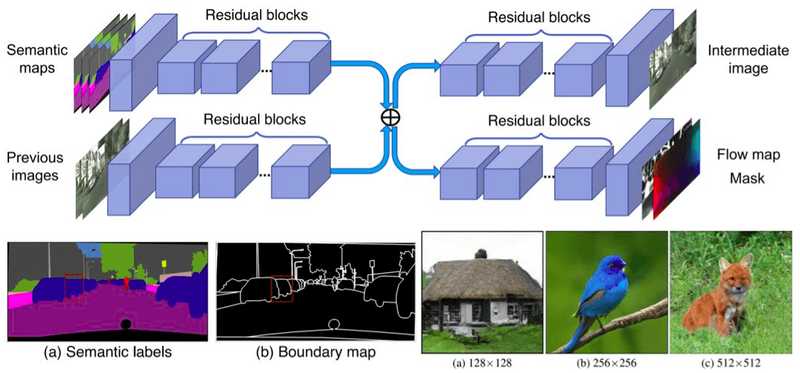The Franklin Fire, which erupted late Monday night in Malibu, has scorched nearly 4,000 acres of Southern California’s scenic terrain. Amidst red-flag warnings and relentless Santa Ana winds, firefighters are beginning to make headway in containing this devastating blaze.
The Rapid Growth of the Franklin Fire
Fueled by strong winds and low humidity, the Franklin Fire expanded at an alarming rate, consuming vast swathes of land at a speed akin to five football fields per minute. As of Wednesday morning, the fire had burned 3,983 acres, destroyed at least seven structures, and damaged nine more. Nearly 20,000 residents found themselves under evacuation orders, including some of Malibu’s celebrity residents.
Efforts to contain the fire were initially hampered by steep terrain and weather conditions, but a partial containment of 7% has provided a glimmer of hope.
The Impact on Malibu’s Residents
The fire’s devastation has touched every corner of Malibu. Iconic neighborhoods and landmarks, such as Pepperdine University, faced significant threats. While initial reports confirm no loss of life, many residents, like City Council member Bruce Silverstein, have been left to reckon with damaged or uninhabitable homes.
“This house was part of my life’s memories,” shared longtime resident Fred Roberts. “The winds down Malibu Canyon felt like a blowtorch, relentless and unforgiving.”
Even Hollywood icons like Dick Van Dyke, Mark Hamill, and Cher have felt the impact, highlighting how this disaster spares no one.
The Role of Santa Ana Winds
The infamous Santa Ana winds, notorious for their role in fueling Southern California wildfires, have played a critical role in the Franklin Fire’s rapid spread. These winds push dry, desert air toward the coast, creating conditions ideal for wildfires.
Wednesday’s weather offered some reprieve, with wind speeds dropping below 30 mph by the afternoon. However, low humidity levels—below 10%—continued to pose challenges.
Firefighters’ Bravery Amid Adversity
More than 1,500 firefighters have been deployed to battle the blaze, with assistance from federal and state agencies. Their relentless efforts have been instrumental in minimizing the destruction. Malibu Mayor Doug Stewart acknowledged their critical role, stating, “We’re far better off this morning than we were in the last 30-plus hours.”
Challenges and Caution Ahead
Despite partial containment, officials caution that the fire remains unpredictable. A sudden shift in wind direction could bring new challenges. Fire Chief Anthony Marrone emphasized the need for vigilance: “If the wind changes, we’re looking at a new fire front.”
Evacuation orders remain in effect for many neighborhoods, while road closures along the iconic Pacific Coast Highway underscore the severity of the situation.
Health Risks from Smoke and Air Quality Alerts
As flames rage on, smoke from the Franklin Fire has led to air quality alerts across Los Angeles County. Residents are advised to stay indoors, use air purifiers, and wear N95 masks if venturing outside. The smoke’s fine particles can exacerbate health issues, particularly for vulnerable populations.
A Community’s Resilience
Malibu’s community spirit remains strong, even as it faces one of its most challenging times. Shelters have been set up for residents and animals, while federal aid has been secured to bolster firefighting efforts.
The Franklin Fire serves as a stark reminder of Southern California’s vulnerability to wildfires, particularly during red-flag conditions. As the city rallies together, the bravery of its firefighters and the resilience of its residents shine through the smoke and ash.
Conclusion
While the Franklin Fire has left a trail of destruction, the efforts to contain it underline the power of collective resilience. As Malibu rebuilds and recovers, the lessons learned from this disaster will undoubtedly shape its approach to future fire threats.


